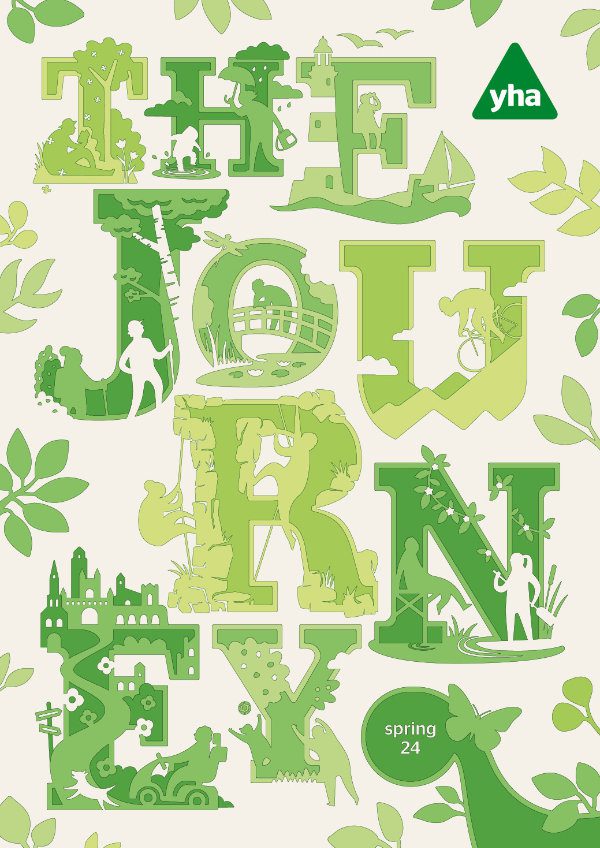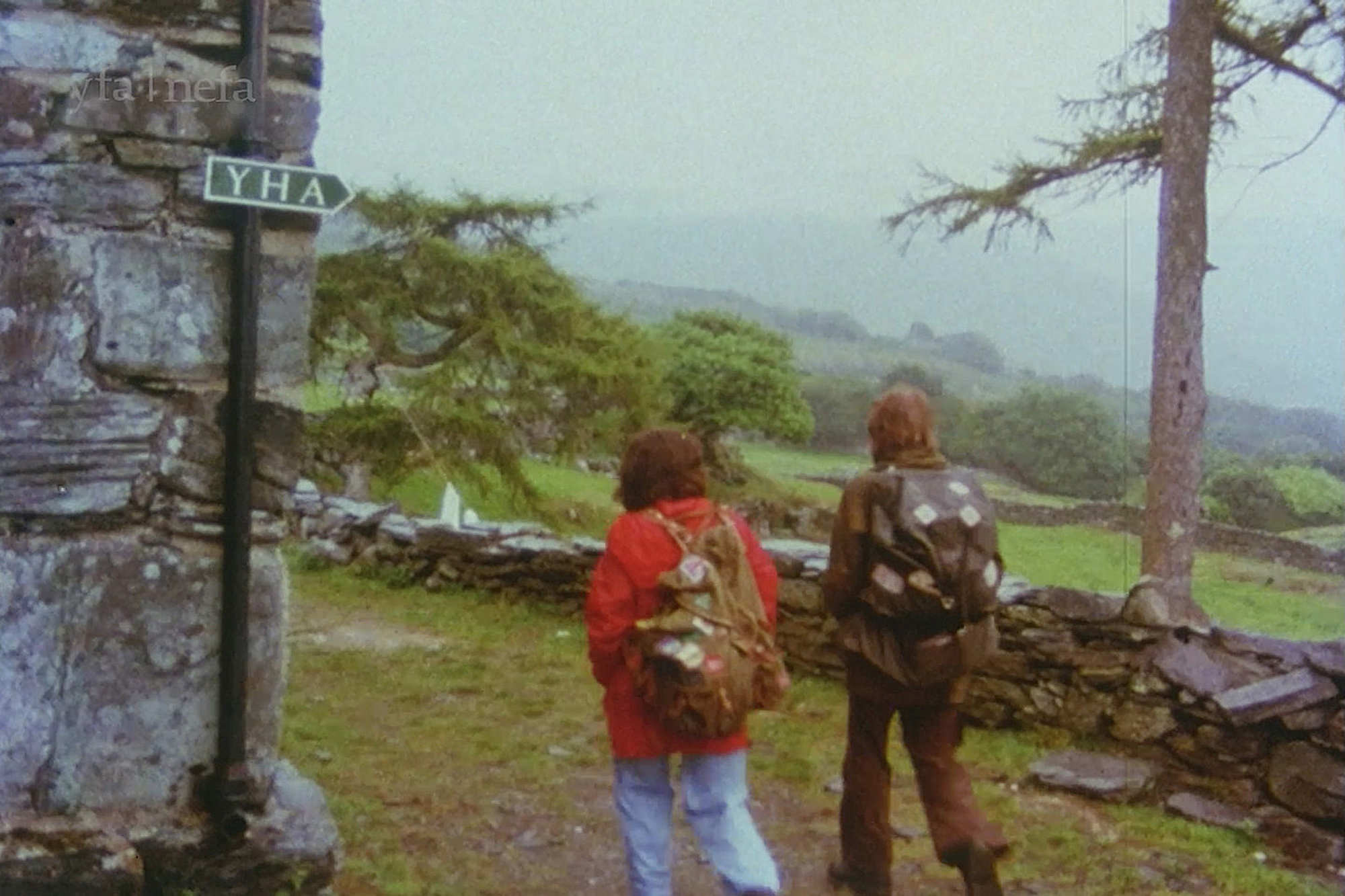Cornwall’s coastline doesn’t do things by halves. The county itself might be tucked away in the corner of the UK map — parts of it being so far south that they enjoy their own microclimate — but once you get down here, the rewards come super-sized. Its coastline stretches for some 422 miles, curving around from the Atlantic-facing north to the more sheltered south and incorporating countless cliffs, coves, surf beaches and fishing villages. The potential for adventure, meanwhile, is as ever-present as the sea. Here’s our pick of things to do.
Explore Penzance

The Victorian promenade that stretches along the Penzance seafront lets you know you’ve arrived in Cornwall. The skies are big, the breeze is salty and the castle-topped tidal island across the bay — better known as St Michael’s Mount — is unmistakable. The town itself gives plenty to enjoy, from an Art Deco lido and a lively food scene to the local artworks on show at the Penlee House Gallery & Museum. The longstanding YHA Penzance is based in a Georgian mansion on the western edge of town. And if you’re arriving from London? Note that the Cornish Riviera sleeper train travels nightly from Paddington to Penzance.
Sample the surf

For anyone who knows their reef breaks from their riptides, Cornwall is arguably the best surfing spot in the country. The south coast offers excellent waves on its day, but most of the top spots tend to be on the more exposed northern shoreline. As long as a century ago, early surfers were using ‘coffin lid’ boards on the beaches around Newquay, and these days you won’t have to look far for equipment hire or tuition or indeed up-at-dawn locals heading off into the surf. Not far from Newquay, YHA Treyarnon Bay sits just five minutes away from Harlyn Surf School.
Take a (long) walk
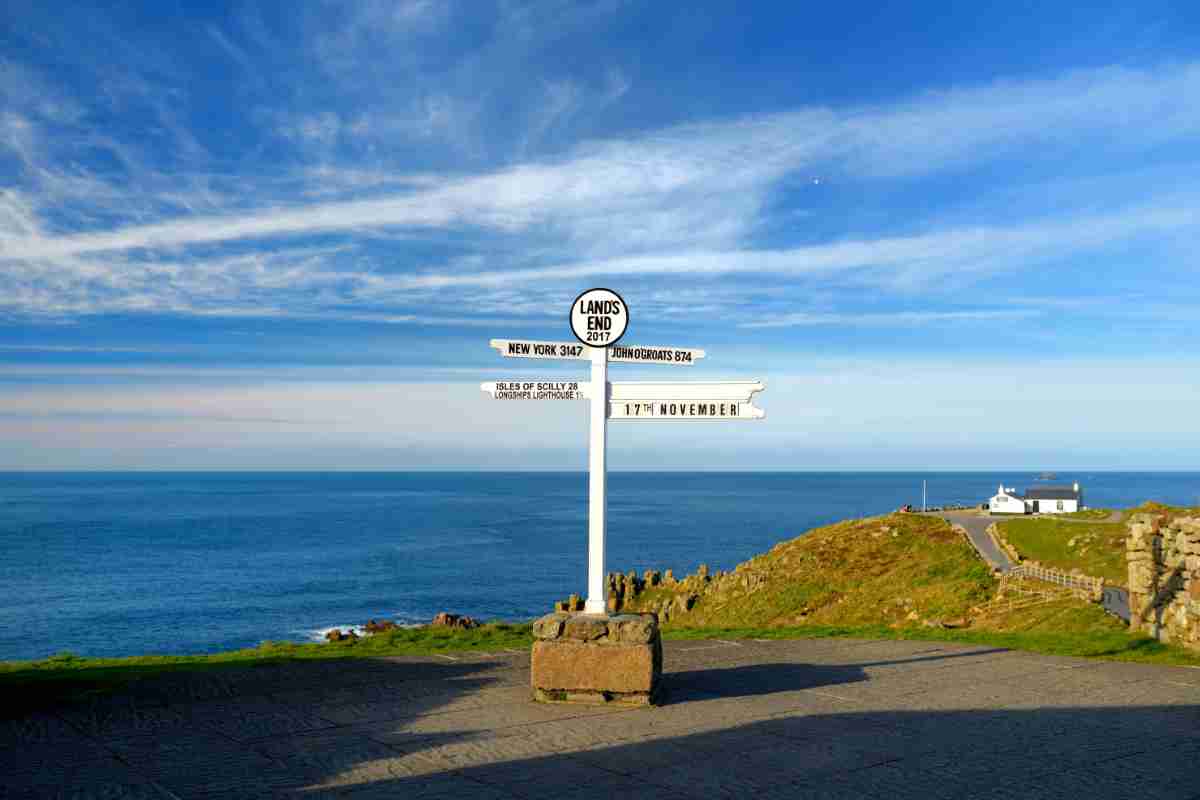
Thanks to the presence of the colossal South West Coast Path — soon to form part of the even longer King Charles III England Coastal Path — it’s possible to hike along the Cornish coast in either direction, wherever you fancy and for however long you choose. Scenery-wise, you can’t really go wrong: the whole path is a never-ending series of beaches, clifftops, headlands and bays, although be aware that steep climbs often come as a given. The stretch between Land’s End and Penzance makes for particularly glorious walking, as does the perimeter of the stunning Lizard Peninsula.
Stay at YHA Land’s End or YHA Lizard Point
Hire out a clifftop hostel
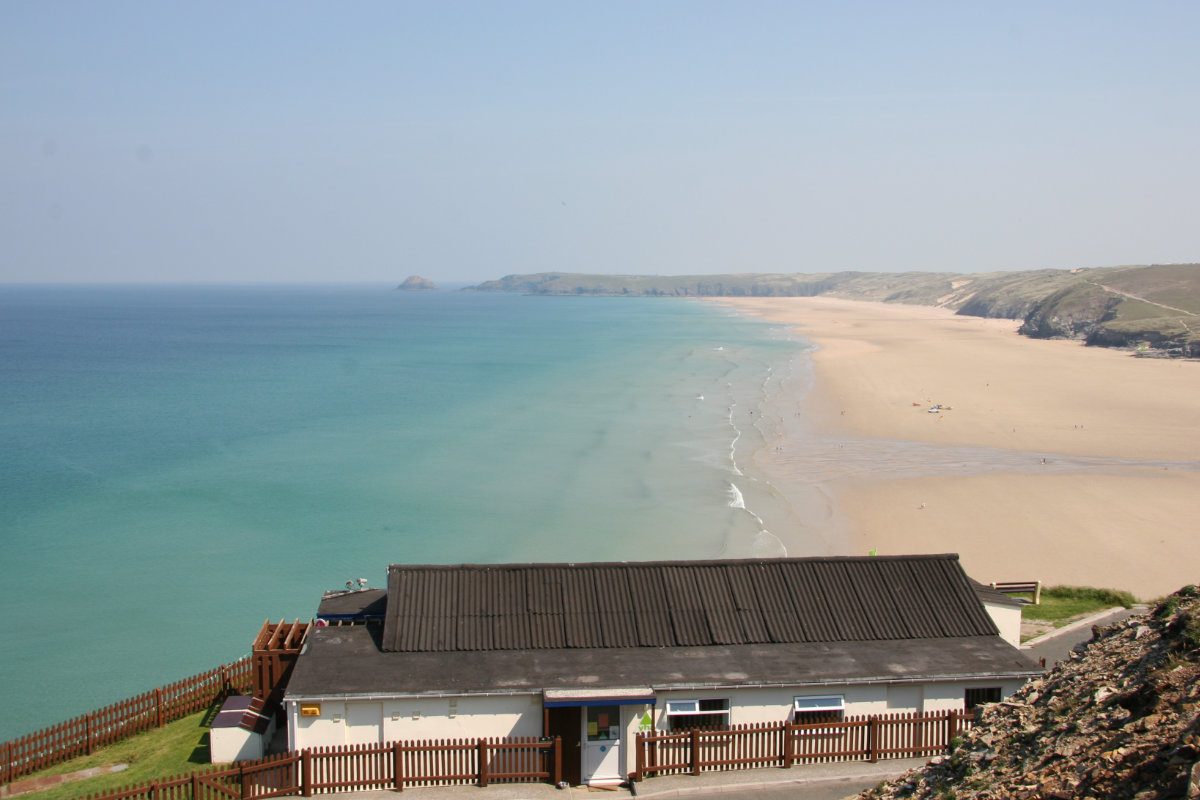
Perched high above the Atlantic coast and overlooking three miles of sandy beaches, YHA Perranporth can lay claim to being one of the most enviably located hostels in the country. The clifftop hostel — once a top secret Admiralty Experimental Station and research lab — is now available on Exclusive Hire, meaning you can book it for sole use for up to 23 family or friends. The even better news for dog-lovers? Four-legged friends are welcome too. Expect tails to wag.
Head to the Eden Project

Ever since it opened in the spring of 2001, the Eden Project has stood as one of the UK’s most singular visitor attractions, its bubble-like geodesic domes making it instantly recognisable. Once a bare-earth clay quarry, the site has been turned into a verdant wonderland of indoor rainforests, outdoor greenery and one-off artworks.
Hit the saddle

Exploring the county on two wheels is one of the best ways of getting a feel for its byways and backroads. Bike hire is relatively easy to come by — with e-bikes an increasingly common alternative for those who don’t fancy the tough inclines of the interior — and there are various tried-and-tested cycle routes. The family-friendly Camel Trail follows a former railway line for 18 miles between Padstow and Bodmin, while the Mineral Tramways Trail uses traffic-free paths to delve into Cornwall’s mining past. The brilliant open-air Minack Theatre, near Penzance, can also be reached by bike.
Watch for wildlife
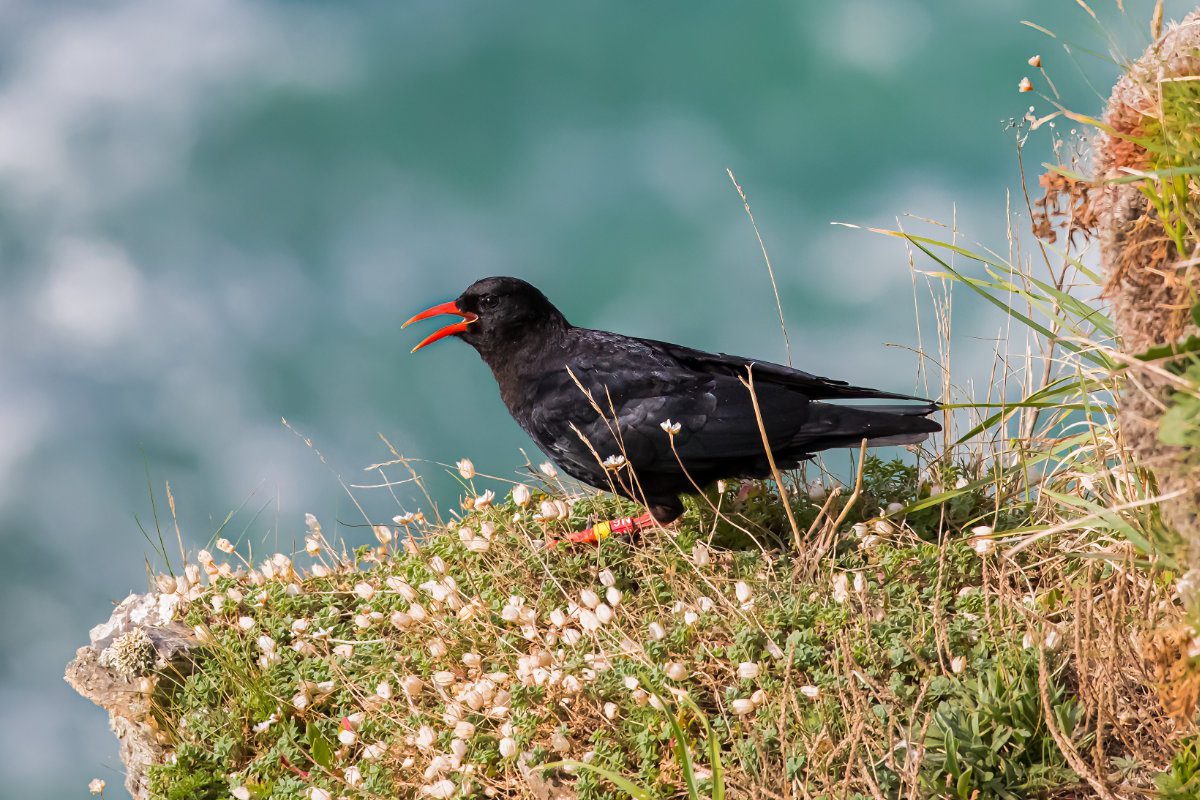
Unsurprisingly for somewhere with hundreds of miles of coastline and close to 60 nature reserves, Cornwall plays home to a vast array of different fauna. The birdlife is exceptional, with the iconic Cornish chough — a red-billed corvid often spotted speeding above sea cliffs — often on visitors’ wish-lists. Kestrels, kingfishers and breeding seabirds such as guillemots are further draws. Looking out to sea, keep your eyes peeled for seals and dolphins — and even basking sharks, if you’re very fortunate — while the county’s location means migrant butterflies, moths and dragonflies often blow in on the southerly winds. Elsewhere, foxes, hedgehogs and badgers all start stirring as dusk sets in.
Delve into the past

Recognised by some as a Celtic nation in its own right, Cornwall has a rich history that saw it spend several centuries as a heartland for tin and copper mining (one oft-told fact is that the crimped edges of Cornish pasties were designed to give miners something to hold onto as they ate). Remnants of the industry can be properly investigated on the UNESCO-listed, seven-mile stretch of west-facing shoreline known as The Tin Coast. Elsewhere, historical fishing villages are commonplace along the coastline: two of the best known options are Mousehole (pronounced Mowzel) near Penzance, and St Ives, which sits on the north coast but can be reached by public transport from Penzance in under an hour.
Photo credit: chris2766 / Dave / Doug Armand / Lorena Tempera / william87 / Adobe Stock
Read next: Nine hostels for outdoor swimming
Discover more about YHA.



